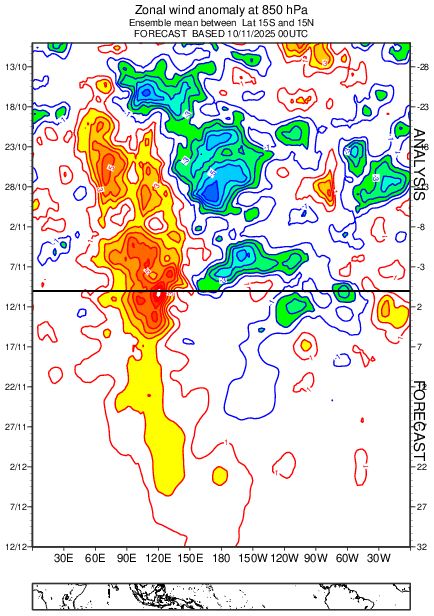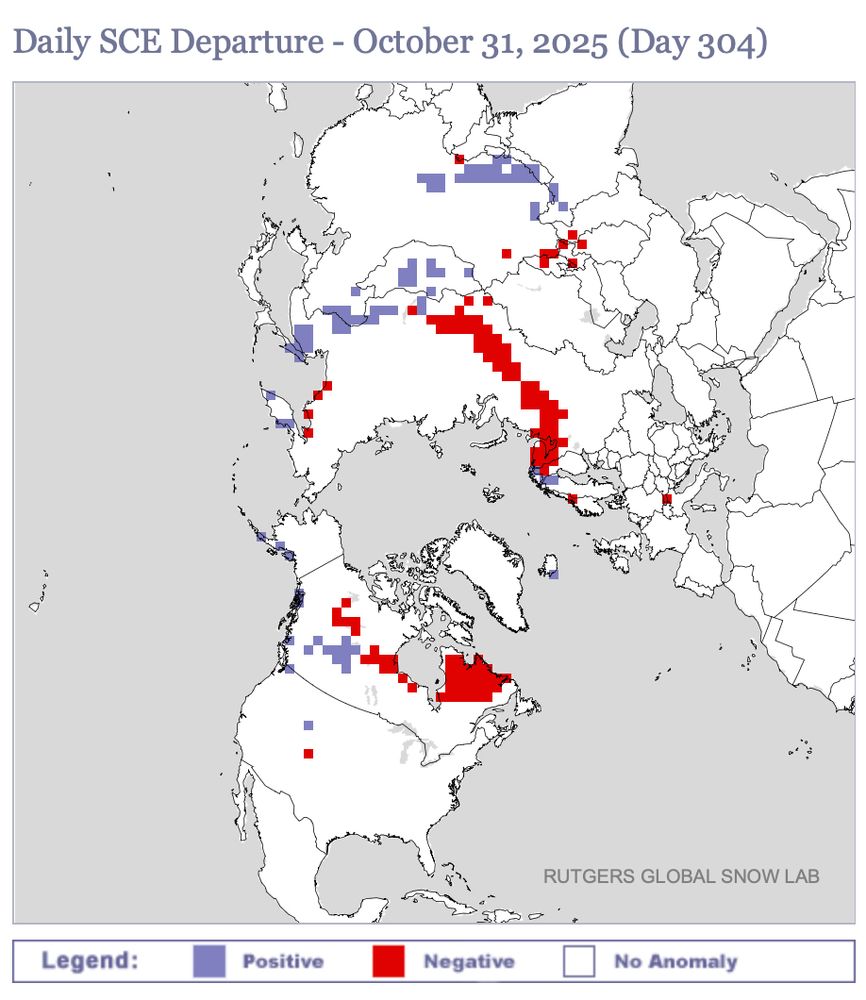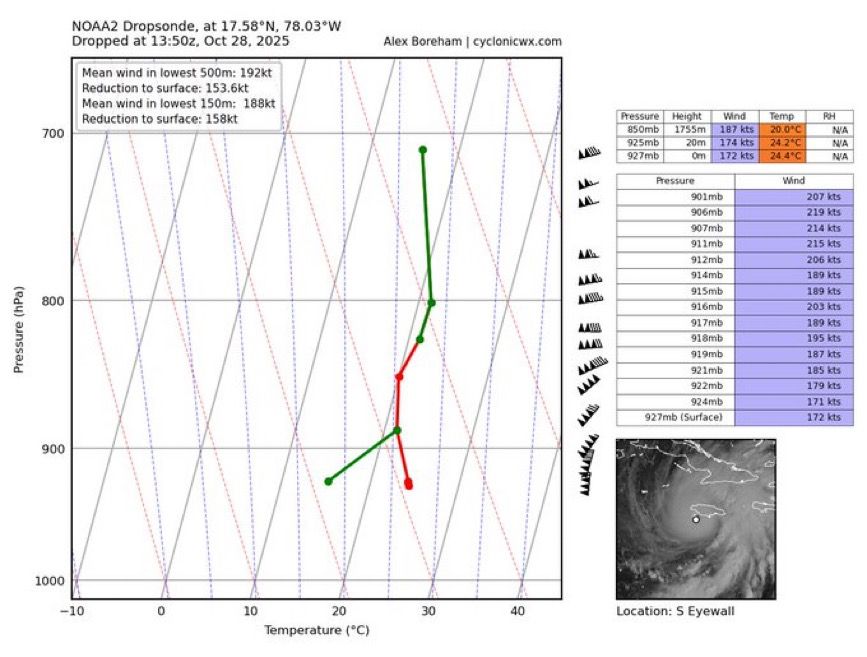webberweather.com
A large build-up of westerly momentum (+U) in the tropics is being supplanted by a West Pac MJO orbit & repeated bouts of positive E Asia Mtn Torque (+EAMT) fluxing/squeezing +U equatorward



A large build-up of westerly momentum (+U) in the tropics is being supplanted by a West Pac MJO orbit & repeated bouts of positive E Asia Mtn Torque (+EAMT) fluxing/squeezing +U equatorward
Note how this yr & 1981 have a big & slow westerly wind burst over the Indian Ocean & Maritime Continent in Oct-Nov that moved into the Pacific in Dec


Note how this yr & 1981 have a big & slow westerly wind burst over the Indian Ocean & Maritime Continent in Oct-Nov that moved into the Pacific in Dec


A faster-than-usual start to winter over the East-Central US with plenty of high-latitude blocking




A faster-than-usual start to winter over the East-Central US with plenty of high-latitude blocking
The extreme -IOD we're currently seeing (right) is about to collapse because the warm water in the Equatorial Indian Ocean will get flushed into the tropical West Pac at depth over the next month in this MJO event's westerly wind burst (left)


The extreme -IOD we're currently seeing (right) is about to collapse because the warm water in the Equatorial Indian Ocean will get flushed into the tropical West Pac at depth over the next month in this MJO event's westerly wind burst (left)
I replicated Gray et al (2004)'s analysis except used SLPa from 20CR & isolated -ENSO (left), which is close to the latest Euro weekly forecast (right) journals.ametsoc.org/view/journal...


I replicated Gray et al (2004)'s analysis except used SLPa from 20CR & isolated -ENSO (left), which is close to the latest Euro weekly forecast (right) journals.ametsoc.org/view/journal...
Namely, a warmer-than-normal Maritime Continent & West Pac as well as a Eurasian Snow Cover Dipole.
journals.ametsoc.org/view/journal...




Namely, a warmer-than-normal Maritime Continent & West Pac as well as a Eurasian Snow Cover Dipole.
journals.ametsoc.org/view/journal...
Compare the current global mean SSTa (left) to the Oct-Nov Warm Pool SST [20S-20N, 90-150E] difference for east QBO/cool ENSO winters only (right)


Compare the current global mean SSTa (left) to the Oct-Nov Warm Pool SST [20S-20N, 90-150E] difference for east QBO/cool ENSO winters only (right)
↖️ GOES-19 infrared brightness temp
↗️ GOES-19 visible satellite
↙️ Hurricane hunter planes & flight paths
↘️ Recon-derived flight level wind swath
⬇️ Estimated minimum pressure from recon dropsondes
↖️ GOES-19 infrared brightness temp
↗️ GOES-19 visible satellite
↙️ Hurricane hunter planes & flight paths
↘️ Recon-derived flight level wind swath
⬇️ Estimated minimum pressure from recon dropsondes
I honestly can't help but think the environmental +SRH was a factor for that, as this modeling study from earlier this yr showed:
journals.ametsoc.org/view/journal...

I honestly can't help but think the environmental +SRH was a factor for that, as this modeling study from earlier this yr showed:
journals.ametsoc.org/view/journal...
188 knot mean winds in the low-levels with gusts over 250 mph
Absolutely scary and historic hurricane headed into SW Jamaica this morning

188 knot mean winds in the low-levels with gusts over 250 mph
Absolutely scary and historic hurricane headed into SW Jamaica this morning
185 knot mean winds in the lowest 150m!!!
This reduces to about 155 knots at the surface, a good bit higher than the current NHC estimate of 145 kt and actually very much in line with satellite consensus (SATCON)


185 knot mean winds in the lowest 150m!!!
This reduces to about 155 knots at the surface, a good bit higher than the current NHC estimate of 145 kt and actually very much in line with satellite consensus (SATCON)


This explicitly supports Melissa being a 145-150 knot hurricane 😳

This explicitly supports Melissa being a 145-150 knot hurricane 😳
Even more strengthening is likely later today, which may put this storm in pretty rarified air historically for Atlantic hurricanes.
Awful situation unfolding for much of Jamaica
Even more strengthening is likely later today, which may put this storm in pretty rarified air historically for Atlantic hurricanes.
Awful situation unfolding for much of Jamaica


Also noticing the development of an enveloped eyewall lightning (EEL) signature here, often a signature of a high end category 4 or 5 hurricane



Also noticing the development of an enveloped eyewall lightning (EEL) signature here, often a signature of a high end category 4 or 5 hurricane
Namely, a radially outward propagating gravity wave causes cloud tops to cool at large radii by the early morning, while the inner core warms.
This is precisely what’s happening atm

Namely, a radially outward propagating gravity wave causes cloud tops to cool at large radii by the early morning, while the inner core warms.
This is precisely what’s happening atm
This is about as favorable of a vortex structure as you’ll see for rapid intensification
Plots from @cyclonicwx.bsky.social
This is about as favorable of a vortex structure as you’ll see for rapid intensification
Plots from @cyclonicwx.bsky.social
Namely: the northerly wind shear vector, deep-layer +SRH, weak inertial stability, & high SSTs.


Namely: the northerly wind shear vector, deep-layer +SRH, weak inertial stability, & high SSTs.
Big, strong, slow-moving hurricanes like what #Melissa may become are when things like Oceanic Heat Content will start to matter a lot.


It's common for weak TCs like #Melissa to struggle in the Central Caribbean, an area of the Atlantic known as the Caribbean "Graveyard"
Here's a mini-🧵 on what the Caribbean "Graveyard" is & why it matters here:


